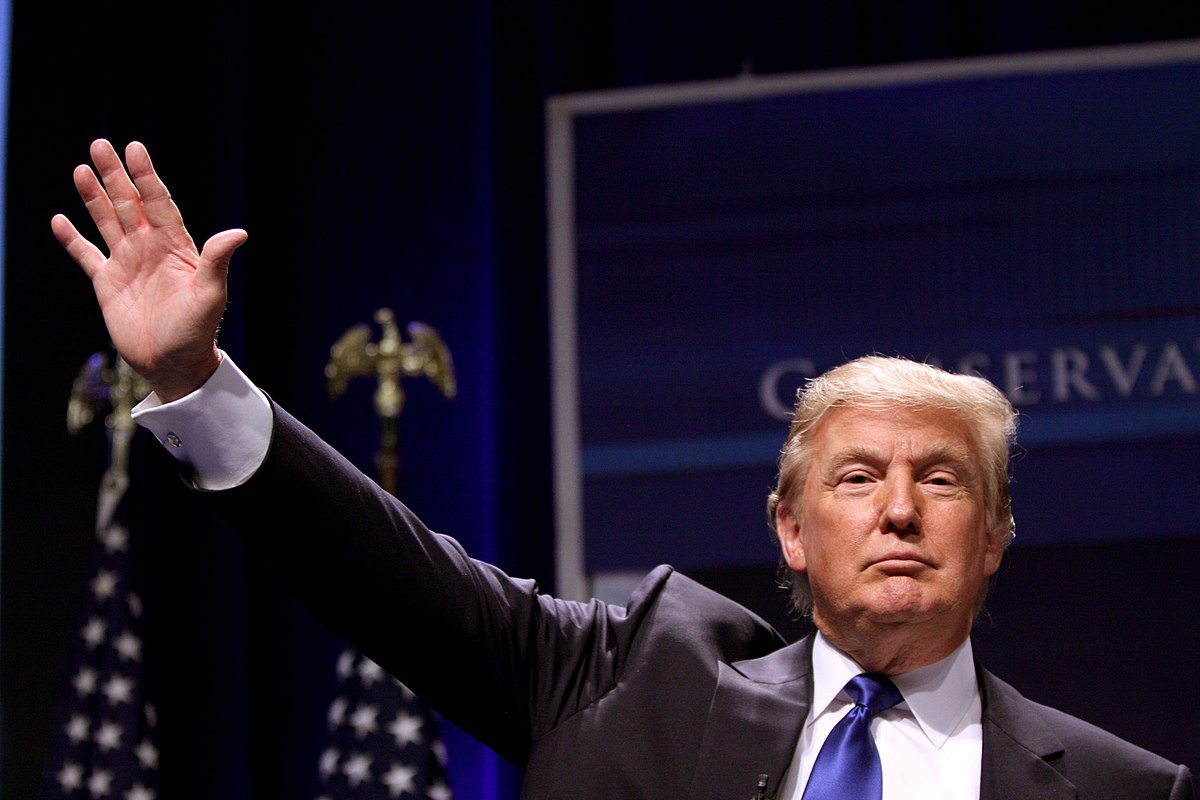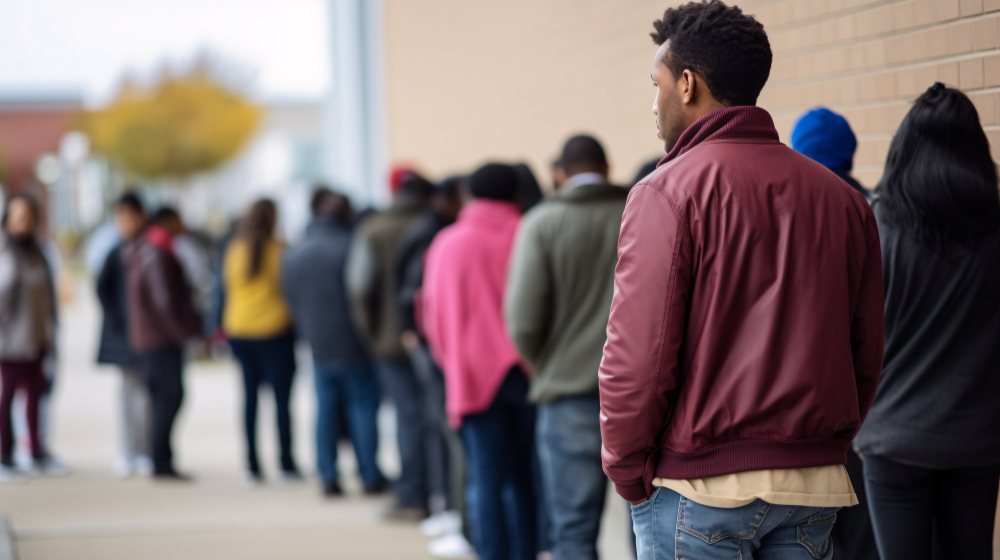A recent survey by The Washington Post analyzed how the attitudes of white Americans toward Hispanic Americans and black Americans changed from 1970 to 2010.
In this research, “Social scientists have observed that as immigrant groups grow, prejudice toward them often increases. Studies have established, for example, that in areas of the United States where immigration from Mexico has climbed, White Americans have tended to view Latinos more negatively — buying into a narrative about a ‘Latino invasion’”,
according to publication.
The study also identified a “zero-sum” dynamic in verifying how the increasing prominence of a disadvantaged group affects the position of other minority groups, as during the selected period, hostility against Latinos increased, while hostility against black Americans declined.
The status of “foreigner” seems to be a decisive factor in relation to the research findings. As reported by The Post, “the effect appears to be causal: In parts of the country that had the most immigration, both the negative views of Latinos and the positive views of Black Americans were stronger. This suggests that boundaries of social groups in diverse societies are not fixed: What divides ‘us’ from ‘them’ changes depending on the context. And the interactions can be complex: Notably, as the number of Hispanics rose, other groups, such as Asian Americans and Muslim Americans, did not benefit in the same way as Black Americans […]. Our research suggests that is because White Americans viewed Asian Americans and Muslim Americans as more ‘foreign’ than Black Americans”.
To carry out the research, the team explains that there was a comparison in the proportional changes of the population born in Mexico in the states, counties, and census sectors of the USA in the period between 1970 and 2010. Prejudice against various racial or ethnic groups was measured in the use of the data from several representative surveys of American social attitudes, especially from the “feeling thermometer” of a question asked in repeated waves of the American National Election Study (ANES).
Over the period studied, White Americans consistently viewed Hispanics more negatively than African Americans: White respondents’ feeling-thermometer ratings for Hispanics were lower than those for African Americans in every year the ANES was conducted from 1976 to 2008. When areas experienced surges in Mexican immigration the gap in White attitudes toward the two groups widened.
“White Americans consistently viewed Hispanics more negatively than African Americans […]. In the early 20th century, the migration of Black Southerners to cities of the Northeast and Midwest served to divert White Americans’ prejudice away from European immigrants, allowing Italians, Poles and Russian Jews to assimilate into Whiteness ‘on the backs of Blacks’, as Toni Morrison eloquently put it. More recent research demonstrates that a reduction in anti-Muslim hatred after Donald Trump’s rhetoric subsided was accompanied by rising antisemitism in online media. Far-right groups that targeted Muslims appear to have partly shifted their attention to Jews”.
The researchers caution that the findings have implications for the future of relationships between population groups in the United States. The results demonstrate that diversity and rapid demographic change can mean a greater cultural barrier with the feeling of difference changing constantly over time. The research also revealed that, depending on the increase in size or importance of a particular ethnic group, the position vis-à-vis other groups considered to be minority changes correspondingly.
“The bleak takeaway is that while relative rankings change, group hierarchies endure”.
 Michelle Frankfurter
Michelle Frankfurter











